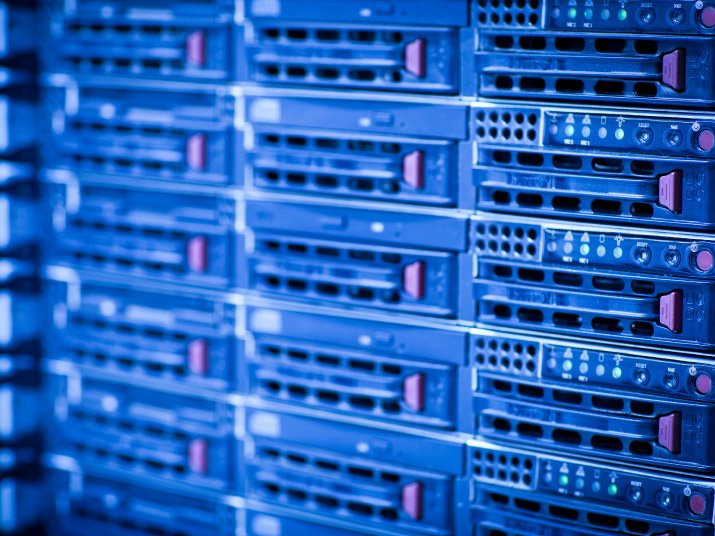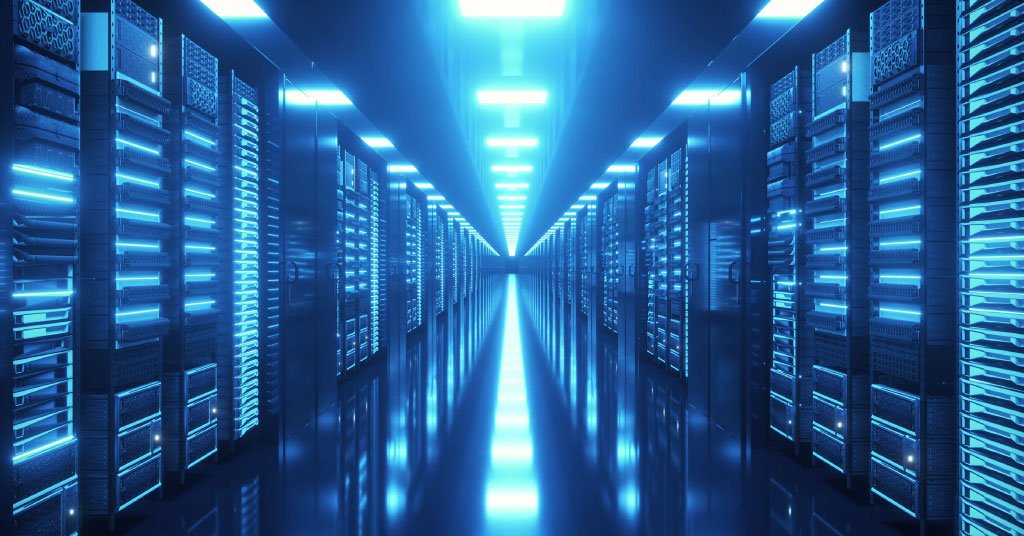As industries become increasingly reliant on fast and efficient data transfer and storage, data centers are becoming quintessential for their growth. These specialized buildings offer dedicated housing for computer hardware and components essential for mission-critical business functions, including telecom and data storage.
As the world progresses in every aspect, traditional data centers also lack the speed and efficiency needed to keep up with the demand. Due to this advancement, newer technologies are being researched, with some showing immense promise for the future.
In particular, edge data centers seem to be bringing about a paradigm shift in data center design. This article will see what it is and how it is starting a new narrative in the industry.
What is an edge data center?

Edge data centers are located near the edge of a network and are physically smaller than traditional data centers. Due to this, they are closer to the population using them. This allows them to process data closer to the originating source, reducing latency and improving transfer speeds.
Moreover, edge data centers can increase efficiency while maintaining similar hardware as traditional data center designs. So, it can be said that edge data centers are smaller facilities located close to populations to improve customer experience thanks to reduced latency.
Many industries such as telecommunication, telemedicine, factory automation, autonomous vehicles, virtual reality (AR/VR), and live streaming/online streaming of videos depend on lower latency data transfer for optimal performance.
Due to edge data centers’ natural advantages for these industries, it is estimated to become a $20 Billion market by 2026. First, however, let’s understand what makes these different from traditional data center designs.
Read more: 6 Most Widely Used Codes and Standards for Data Center Design and Infrastructure
Characteristics of edge data centers
Below are some characteristics of edge data centers:
Smaller size
Edge data centers tend to be much smaller when compared to traditional data centers. That being said, they still house the same components and hardware as their traditional counterparts.
Closer to the edge of networks
The primary characteristic of these data centers is their vicinity to the edge of networks. This means they are further away from the network center and closer to end-users. This characteristic allows these data center designs to output lower latency and faster speeds.
House important data
In most cases, edge data centers house essential data and information that can benefit from low latency.
Connected to larger data centers
Edge data centers are part of larger data centers and are often connected to a central data center. This is done to improve scalability as the essential data can be processed through the nearby center while the rest through the central data center.
How Are Edge Data Centers the Future for Data Center Design?
Now that it is clear what edge data centers are and how they differ from their traditional counterparts, let’s go into how they are the future for data center design and where they can make an impact:

Video content
Video content is one field that has a rapidly growing data transfer requirement. This is because as time passes, videos increase in quality and size.
For example, in the past decade, the norm for YouTube videos has changed from 480P to 2k, with some videos going even higher than that!
Thus, meeting this growing requirement for high-quality videos requires low latency data transfer to process, move, and upload such content efficiently. Edge data centers can fill this gap, and owners can scale them up immensely to improve overall processing times in this industry.
Moreover, with more people entering the AR/VR space, the video content industry has many opportunities to benefit from edge data centers.
Gaming
Many people overlook gaming when thinking of low latency data transfers. However, the gaming industry is worth an impressive $198 billion as of 2021 and continues to grow thanks to competitive events such as Esports.
That being said, one thing that defines the ability of networks to support competitive gaming is latency.
Precisely, the lower the latency, the smoother the gameplay. Due to this, edge data centers can significantly benefit people and companies in this industry, whether for competitive tournaments or even game testing.
Growing 5G networks
Mobile carriers worldwide are shifting to 5G networks with massive investments in infrastructure. As a result, edge data centers must obtain fast speeds and low latency to improve customer experience when using 5G networks.
This is because these data centers can facilitate data transfer much more efficiently and quickly thanks to their vicinity to the end-user. So, edge data centers have massive scope for matching the global incorporation of 5G.
IoT proliferation
Internet of Things (IoT) refers to physical items and devices that utilize sensors and software to exchange data across networks with other similar devices and systems. This technology has become a pivotal element in many industries such as security, telecom, lighting, healthcare, etc.
Thus, as IoT acceptance and utility grow, obtaining the maximum possible data transfer speeds is essential for optimal efficiency. Thus, edge data centers’ benefits of increased speed and reduced latency are an immense step forward for IoT technologies.
For example, when looking at the healthcare sector, many devices such as wearable heart rate monitors and emergency notification systems work using this technology.
So, connecting them to edge data centers would allow quicker contact throughout the network, which is critical to ensure that patients have the best chances of survival.
Read More: Here’s How Remote Monitoring Has Revolutionized Data Center Design
Will Traditional Data Centers Become Obsolete in the Wake of Edge Data Centers?
With the growing benefits and incorporation of edge data centers into data center designs, the question arises, will they make traditional data centers obsolete?
Thankfully, this is not the case. Instead, edge data centers might increase reliance and requirement for more significant hubs.
This is because edge data centers are dependent on more extensive networks and central data centers to function efficiently. Due to this, until newer technologies are developed, there is a parallel need for both edge data centers and their traditional predecessors for optimal growth and speed in this sector.
However, we at Mechartes understand that it can be quite tedious to manage and enter these networks without professional knowledge. So, to help you out we offer experienced insight into your business and how you can make the most of your data center design.
So, if you are looking for fast transfer speeds and low latency, contact us today!


 Share
Share  facebook
facebook